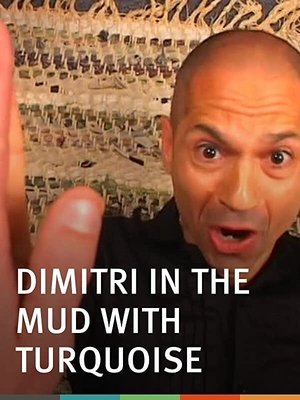

Les Plongeurs Du Désert(1952)

Movie: Les Plongeurs Du Désert

Les Plongeurs Du Désert
HomePage
Overview
Release Date
1952-01-01
Average
0
Rating:
0.0 startsTagline
Genres
Languages:
العربيةFrançaisKeywords
Similar Movies
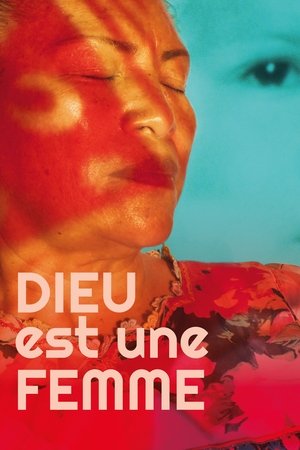 6.2
6.2God Is a Woman(fr)
In 1975 French Oscar-winning documentary filmmaker Pierre Dominique Gaisseau traveled to Panama to make a film on the indigenous island-dwelling Kuna people. Accompanied by his wife and their daughter, Gaisseau lived with the Kuna for a year, gaining their trust and filming their most intimate ceremonies. He promised to share the resulting film with the community, but that never happened. Fifty years later, the Kunas are still waiting to discover “their” film, now a legend passed down from the elders to the new generation. One day, a hidden copy is found in Paris…While uncovering this fascinating story with humility and warmth, Swiss-Panamanian filmmaker Andrés Peyrot succeeds in capturing a true sense of culture and place. The result is simultaneously a cautionary tale raising questions around how and why documentaries are made and for whom, and a testament to the power of what it means to see yourself on the big screen.
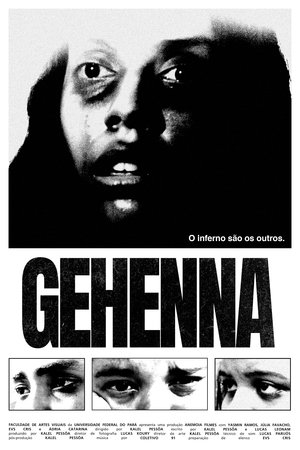 0.0
0.0Gehenna(pt)
In this recently found and restored banned underground classic from 1984, four girls go into a bathroom to hide in the middle of a war and, after an impulsive act by one of them, they find themselves trapped there. As panic gives way to despair, tragedy approaches.
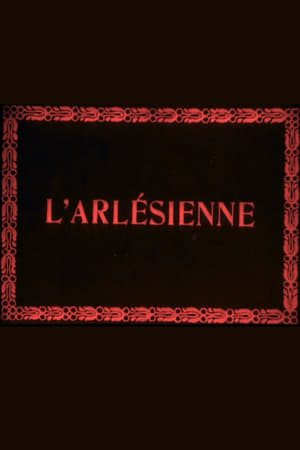 5.7
5.7The Girl from Arles(fr)
The young hero, Frederick, is leaving his country home and going to the city to attend the bull fight, and while there he meets and woos a beautiful maiden, forgetting his own little sweetheart at home.
 7.2
7.2Cracks(en)
The one and a half minute short tells the story of a young girl making friends with imaginary crack creatures, formed by cracks in her bedroom wall, before encountering the unnerving "Crack Master".
 0.0
0.0Jimmy Two-Shoes(en)
Lucifer hires Heloise to blacken Jimmy Two-Shoes' heart after consistent ruining his schemes.
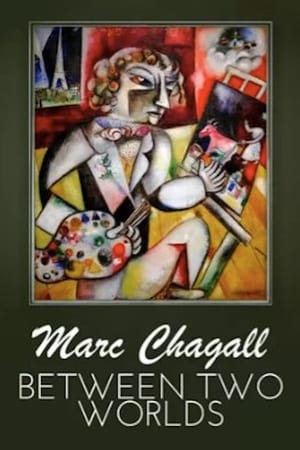 0.0
0.0Marc Chagall – Between Two Worlds(fr)
Marc Chagall was an artist caught between two worlds, between traditional art and modernism, figuration and abstraction. The film accompanies him on an important stage of his life from 1910 to 1930, between Paris and Vitebsk. Chagall's home town was a laboratory for the artistic avant-garde in Belarus, while Paris was the center of modern art movements.
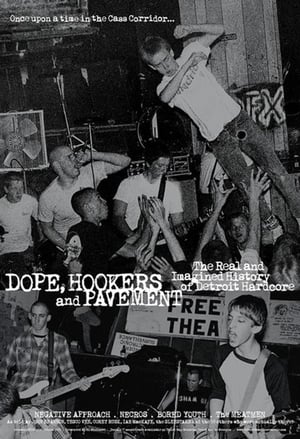 0.0
0.0Dope, Hookers and Pavement(en)
"Dope, Hookers and Pavement" is a lively and unfiltered account of the early days of the Detroit hardcore punk scene, circa 1981-82, in the notorious Cass Corridor, arguably one of the worst neighbourhoods in the city at the time. Featuring over 70 in-depth interviews — including John Brannon (Negative Approach), Tesco Vee (Meatmen, Touch and Go), Ian MacKaye (Minor Threat, Dischord Records), pro skater Bill Danforth, scene kids, and members of the Necros, The Fix, Violent Apathy and Bored Youth — and never-before-seen Super8 footage of the Freezer, "Dope, Hookers and Pavement" is both hilarious and reflective, and an overdue record of a nearly invisible but magic little moment in the long history of Detroit rock'n'roll.
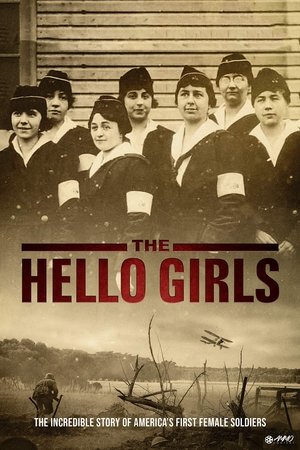 8.0
8.0The Hello Girls(en)
In 1918, the U.S. Army Signal Corps sent 223 women to France as telephone operators to help win the Great War. They swore Army oaths, wore uniforms, held rank, and were subject to military justice. By war's end, they had connected over 26 million calls and were recognized by General John J. Pershing for their service. When they returned home, the U.S. government told them they were never soldiers. For 60 years, they fought their own government for recognition. In 1977, with the help of Sen. Barry Goldwater and Congresswoman Lindy Boggs, they won. Unfortunately, only a handful were still alive.
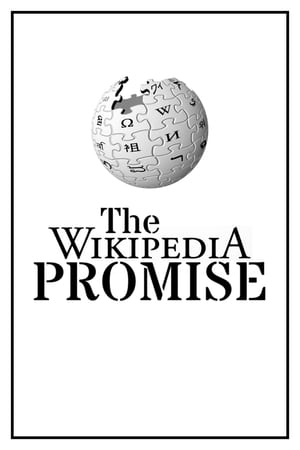 6.6
6.6The Wikipedia Promise(de)
In 2001, Jimmy Wales published the first article on Wikipedia, a collaborative effort that began with a promise: to democratize the spreading of knowledge, monopolized by the elites for centuries. But is Wikipedia really a utopia come true?
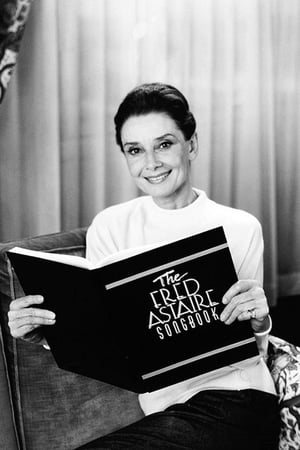 0.0
0.0The Fred Astaire Songbook(en)
A loving tribute to Astaire the singer, hosted by Audrey Hepburn.
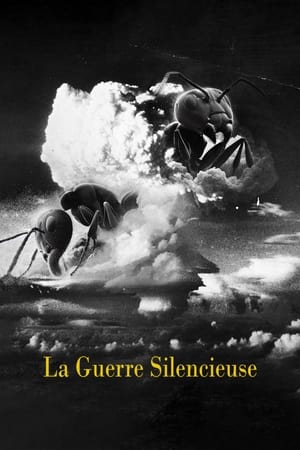 0.0
0.0The Silent War(fr)
Immersion in the forest ecosystem to discover the conflicts that lurk there... The silent war... Waged on a microcosmic scale, between the plant kingdom of the tree realm, the animal kingdom of the armed battle of insects and the fungus kingdom of colonial mushrooms.
 0.0
0.0Saving the Restaurant(en)
During the pandemic-induced lockdowns of 2020, a restaurant owner struggles to maintain his business.
Panorama: Jean-Paul Belmondo, 1965(fr)
Actor Jean-Paul Belmondo is interviewed, along with actor Anna Karina and director Jean-Luc Godard, during the filming of 'Pierrot le Fou'.
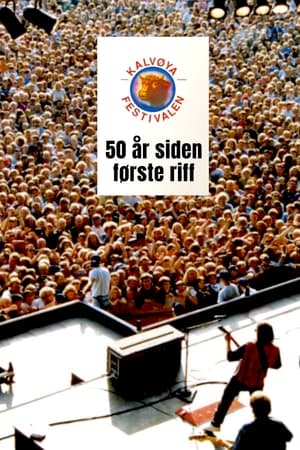 0.0
0.0Kalvøyafestivalen - 50 år siden første riff(no)
In 1971, the Kalvøya adventure started with shows, jazz and folk rock and the festival developed into "The mother of all Norwegian festivals".
Blue Collar & Buddha(en)
Exploration of prejudice and culture clash that a group of Laotian Buddhist refugees must endure in Rockford, Illinois.
 10.0
10.0Rose Gold(en)
After nearly 70 years of valiantly trying, what will it take for the Boomers to finally bring home an Olympic medal?
 0.0
0.0Greenaway(en)
In 1982, Sue Gilbert interviewed her wealthy parents about their lifestyle and values. Set on their lush private island (Greenaway Island), the film covers diverse topics such as the historical relevance of servants, the hidden agenda behind US politics, spirituality and religion. The Gilberts argue for tradition, marriage, and faith in God. In probing these subjects, Greenaway transcends the personal realm to become universal and provocative.
Stupor Mundi: Livre 2, Les Hommes qui mangèrent la montagne(en)
A mental journey - historical, political, musical and metaphysical - in contemporary times, from the Sixties until nowadays.

